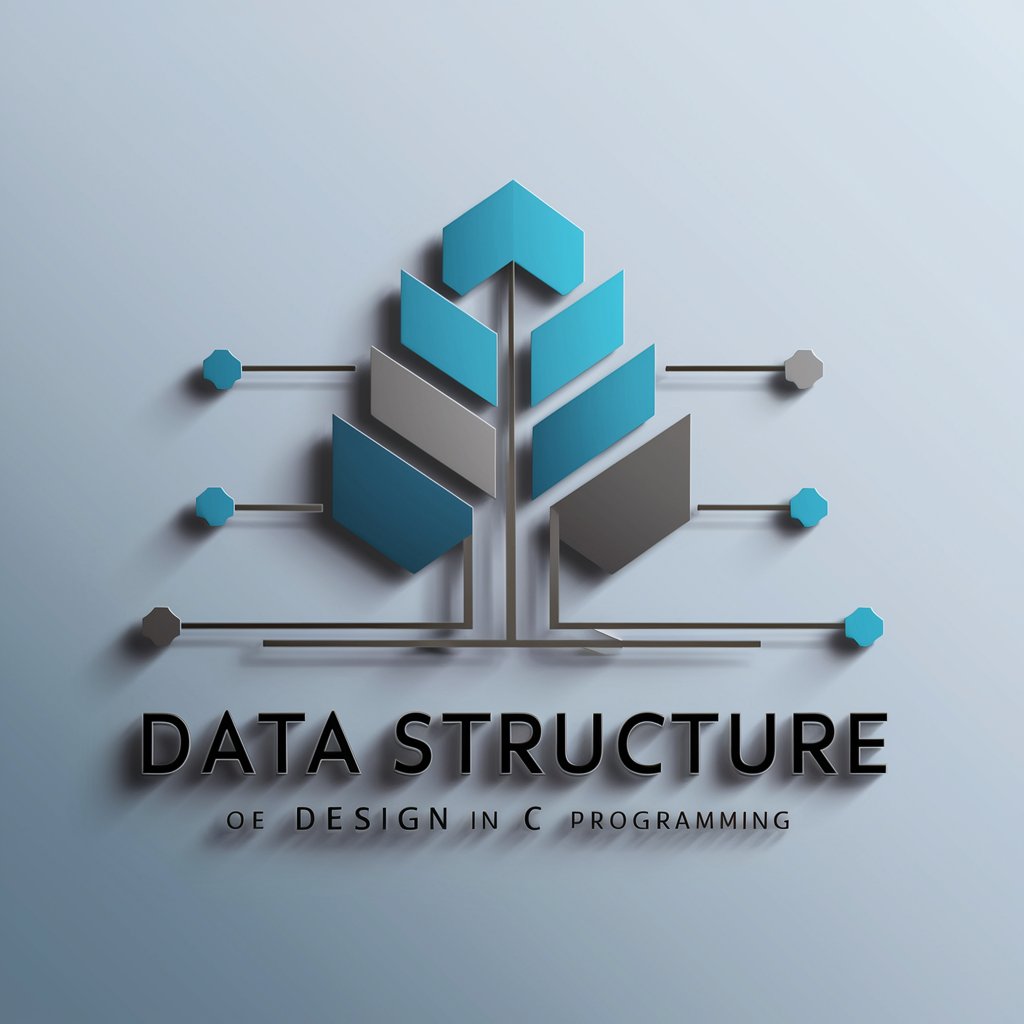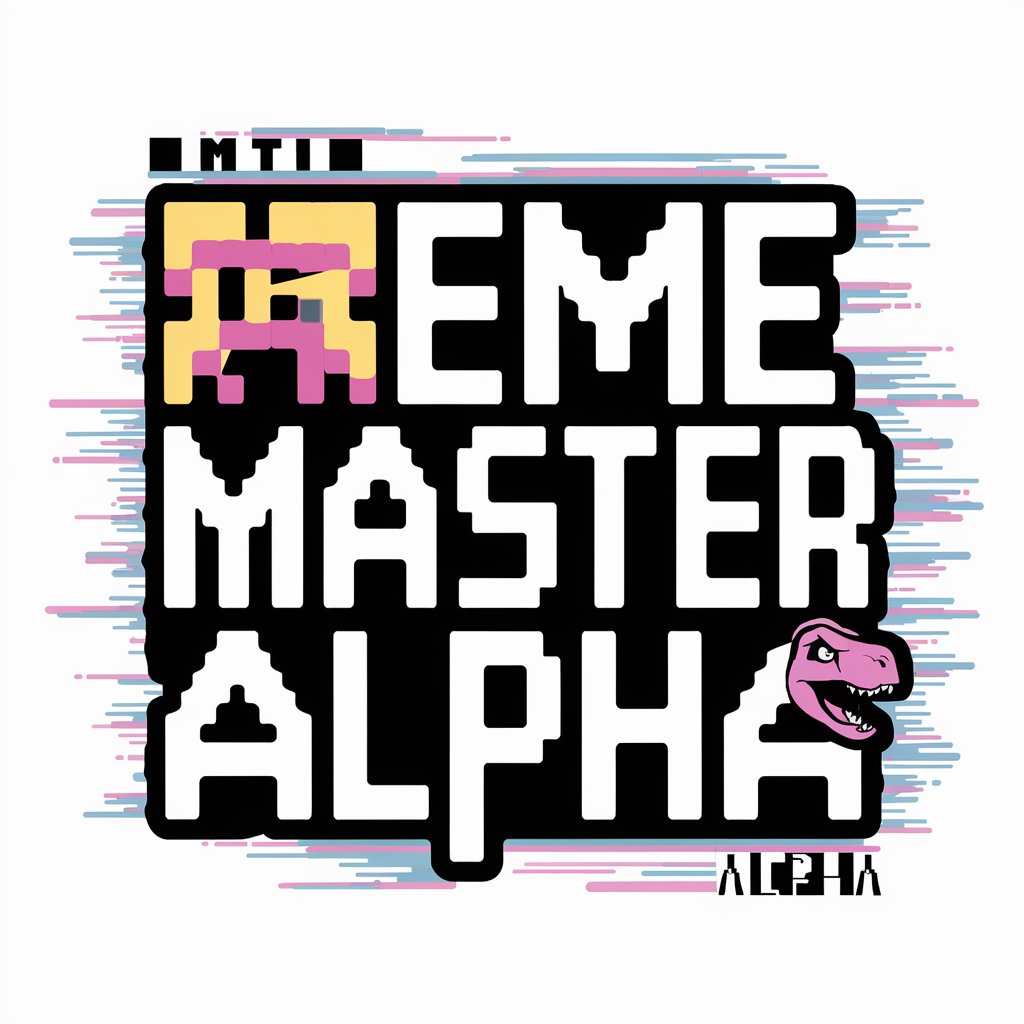💻 Data Structures in C - Data Structure Generation

Welcome! Let's design efficient data structures in C together.
AI-powered C data structure assistance
Explain the trade-offs between using arrays and linked lists for managing large datasets.
How do you implement a binary search tree in C?
What are the key considerations when selecting a data structure for a new project?
Discuss the memory usage implications of different data structures in C.
Get Embed Code
Introduction to Data Structures in C
Data Structures in C are foundational constructs used to organize and store data in a computer's memory efficiently, allowing for effective processing and retrieval. They are designed to optimize data management tasks, including searching, sorting, and modifying data. The design and implementation of these structures in C, a low-level programming language, offer granular control over memory allocation and data manipulation, making them essential for performance-critical applications. Examples include arrays for simple, fixed-size collections, linked lists for dynamic datasets, stacks and queues for orderly data processing, and trees and hash tables for efficient data organization and retrieval. These structures are applied in scenarios ranging from operating system development, where efficient data handling is crucial, to algorithm implementation in computational problems, where data organization impacts performance directly. Powered by ChatGPT-4o。

Main Functions of Data Structures in C
Insertion
Example
Adding a new node in a linked list.
Scenario
In a music streaming application, inserting a new song into the user's playlist can be efficiently managed through a linked list, allowing for dynamic playlist length and easy addition of songs.
Deletion
Example
Removing an element from an array.
Scenario
In inventory management software, deleting an out-of-stock item from the product list requires shifting subsequent elements to maintain array integrity, ensuring accurate stock tracking.
Search
Example
Finding a value in a binary search tree.
Scenario
In a contact management system, searching for a contact's details using a binary search tree can significantly reduce search times, especially with a large number of contacts.
Traversal
Example
Iterating over all elements in a graph.
Scenario
In network routing algorithms, traversing through a graph representing network paths enables the identification of the most efficient route between two nodes.
Ideal Users of Data Structures in C Services
Software Developers
Software developers, especially those working on system-level programming, embedded systems, or performance-sensitive applications, benefit from the control and efficiency offered by implementing data structures in C.
Computer Science Students
Computer science students gain a foundational understanding of algorithmic efficiency and memory management through the study and implementation of data structures in C, preparing them for complex problem-solving in their future careers.
Algorithm Engineers
Algorithm engineers focusing on developing and optimizing complex algorithms for data analysis, machine learning, or scientific computing require a deep understanding of data structures in C to ensure maximum performance.

Guidelines for Using 💻 Data Structures in C
Start Your Journey
Begin by exploring yeschat.ai, which offers a complimentary trial, no registration or ChatGPT Plus required.
Understand the Basics
Familiarize yourself with basic C programming concepts and data structures to effectively utilize this tool.
Identify Your Needs
Determine the data structure that best suits your application, considering factors like data volume and operations required.
Apply the Knowledge
Use the tool to generate C code for data structures, adapting the examples to your specific use case.
Evaluate and Iterate
Test the implemented data structures in your C applications, assess performance, and refine as needed.
Try other advanced and practical GPTs
Discover
Empowering your research with AI.

Gaming Guru
Empowering gamers with AI-driven insights

Drinking Game
Innovate Your Party with AI-Crafted Games

Trend Scout
Navigate Trends with AI Insight

Logo Maker
Craft Your Brand's Identity with AI

Hungry at Home
Turn Ingredients into Meals with AI

🖥️ C# .NET Azure Wizard
Elevate Your C# and Azure Projects with AI

Golf Weather+
Perfect your game with AI-powered weather insights.

SmugMug Sales History Analysis Tool (Detailed)
AI-driven Insights into Your Sales

Etymology of English Words
Unlock the history behind every word.

HR Strategy Genius
Empowering HR with AI-Driven Strategies

Meme Generator
Unleash Creativity with AI-Powered Memes

Detailed Q&A on 💻 Data Structures in C
How can 💻 Data Structures in C help in optimizing memory usage?
The tool provides insights into selecting the most memory-efficient data structures for your specific data sets and usage patterns, helping you minimize memory consumption in C applications.
Can I generate code for complex data structures like trees or graphs?
Yes, 💻 Data Structures in C supports a range of data structures, including advanced ones like trees and graphs, offering code generation and detailed explanations.
Is there support for concurrency in data structures provided by the tool?
While the tool offers foundational code, integrating concurrency requires further customization, considering thread safety and synchronization mechanisms in your C application.
How can I use this tool to improve the efficiency of my database application?
By selecting appropriate data structures for indexing and data management, you can enhance the performance of database operations, reducing retrieval and update times.
Does the tool provide performance analysis for the implemented data structures?
While the tool offers guidance on expected performance, actual analysis should be conducted within your development environment to measure efficiency under specific conditions.
